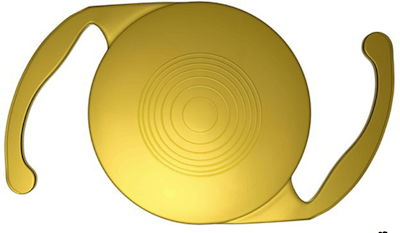
Intraocular lenses (IOLs) are artificial lenses that are implanted in the eye during cataract surgery to replace the natural lens. There are several different types of IOLs available, each with its own unique features and benefits. Here are some of the most common types of IOLs:
- Monofocal IOLs: These are the most common type of IOLs and are designed to provide clear vision at a single distance, either near, intermediate, or far. Patients who receive mono-focal IOLs typically need to wear glasses to correct their vision at other distances.
- Multifocal IOLs: These lenses have multiple focal points and are designed to provide clear vision at both near and far distances, reducing the need for glasses. Multifocal IOLs work by using different zones on the lens surface to focus light at different distances.
- Accommodating IOLs: These lenses are designed to mimic the natural lens of the eye and can change shape to focus on objects at different distances. Accommodating IOLs work by moving slightly forward or backward in the eye when the eye’s muscles contract or relax.
- Toric IOLs: These lenses are designed to correct astigmatism, a common condition that causes blurred vision due to an irregularly shaped cornea. Toric IOLs have different powers in different meridians of the lens to compensate for the irregular shape of the cornea.
- Extended Depth of Focus (EDOF) IOLs: These lenses are designed to provide a range of clear vision from near to intermediate distances, but may not provide the same level of sharpness at far distances as monofocal IOLs. EDOF IOLs work by using a unique optical design to elongate the depth of focus of the lens.
- Phakic IOLs: These lenses are implanted in the eye without removing the natural lens and are used to correct severe refractive errors, such as high myopia or hyperopia. Phakic IOLs work by adding an additional focusing lens in front of the natural lens.
- Aspheric IOLs: These lenses have a unique shape that is designed to mimic the natural shape of the eye’s lens, providing improved contrast sensitivity and reduced visual aberrations.
Overall, the choice of IOL depends on several factors, including the patient’s age, lifestyle, and visual needs. Your eye doctor can help you choose the best IOL for your individual needs.
Dr Sarbjit Singh
